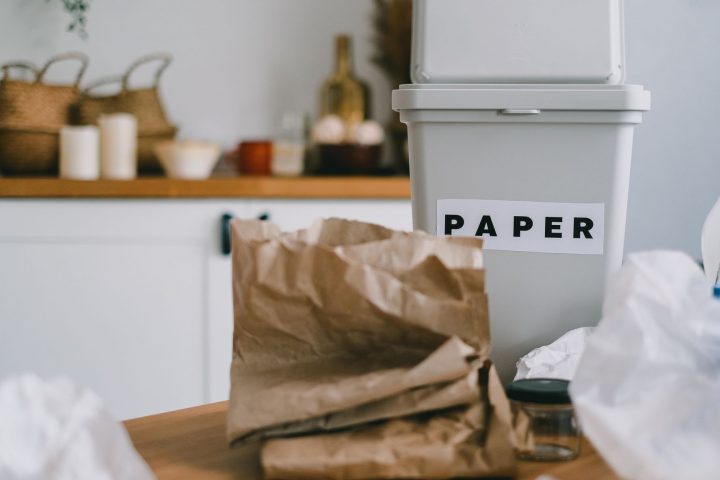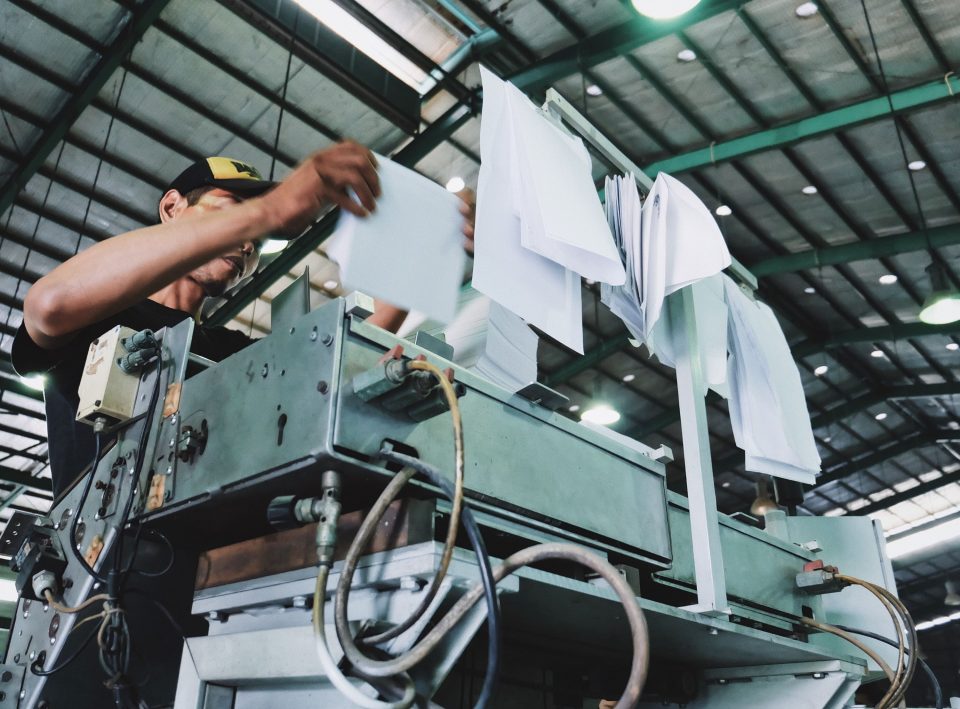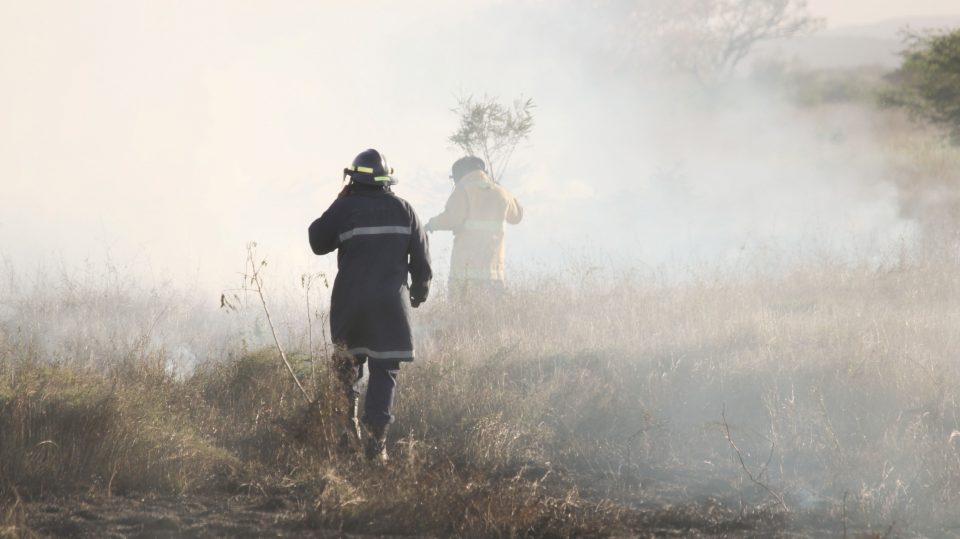How many lives can paper have?

Ideas for an eco-friendly Easter
April 7, 2023
National Volunteer Week
April 17, 2023
The most recent estimates state that the circular bioeconomy, which currently represents only 8.6% of the world economy, needs to grow to at least 17%, i.e. almost double, to reverse the rise in global temperatures. On this increasingly urgent mission, paper, one of the best-known examples of recycling, is rising in prominence.
Recycling is the conversion of waste into usable material. It involves giving it a new use through industrial processes, usually in a product identical to the previous one, but not always with the same characteristics.
In Europe, paper and cardboard have a recycling rate of 74%, which extends over several cycles, and it can be used to generate energy at the end of its life cycle. As part of this circular chain, virgin fibre is essential to feed the various lives of paper, as the European Paper Recycling Council (EPRC) states: “Fibre can be recycled several times, but not indefinitely, therefore there is a continuing need for paper products made of virgin fibre.”
It is vital to use new fibre at the beginning of paper’s lifecycle, as it can then be reused several times in a cascading chain that begins in paper made from virgin fibre. For example, material starting as office paper which ends up as recycled fibre products, such as newsprint or corrugated board for secondary packaging. In the absence of virgin fibre, the entire cycle is irreparably compromised.
A comparative analysis conducted by RAIZ – Instituto de Investigação da Floresta e Papel – shows that the fibre from Eucalyptus globulus, the most common species of eucalyptus in Portugal, stands out in this cascade effect. It holds a much higher recyclability rate, up to 10 cycles of use, or, 2 to 6 more than other paper fibrers.
Humanity consumes more than 100 billion tons of resources per year, 75% of which are of fossil origin. In addition, 90 billion tons of these resources follow a linear path, being discarded at the end of their use.
Besides being recyclable, paper is fully biodegradable. A plastic bag can take 10 to 20 years to decompose in the sea and a plastic bottle more than 400 years, while the same process for paper takes mere weeks. A newspaper, for example, may take up to 6 weeks to decompose in the sea. Paper in general, takes 3 to 6 months to decompose by compost, and this period is faster for white papers without lignin.
The Navigator Company’s sustainable forests support National Geographic Portugal to reduce its ecological footprint.
Sources: https://www.paperforrecycling.eu/ | https://www.circularity-gap.world/2021 | Boston Co




